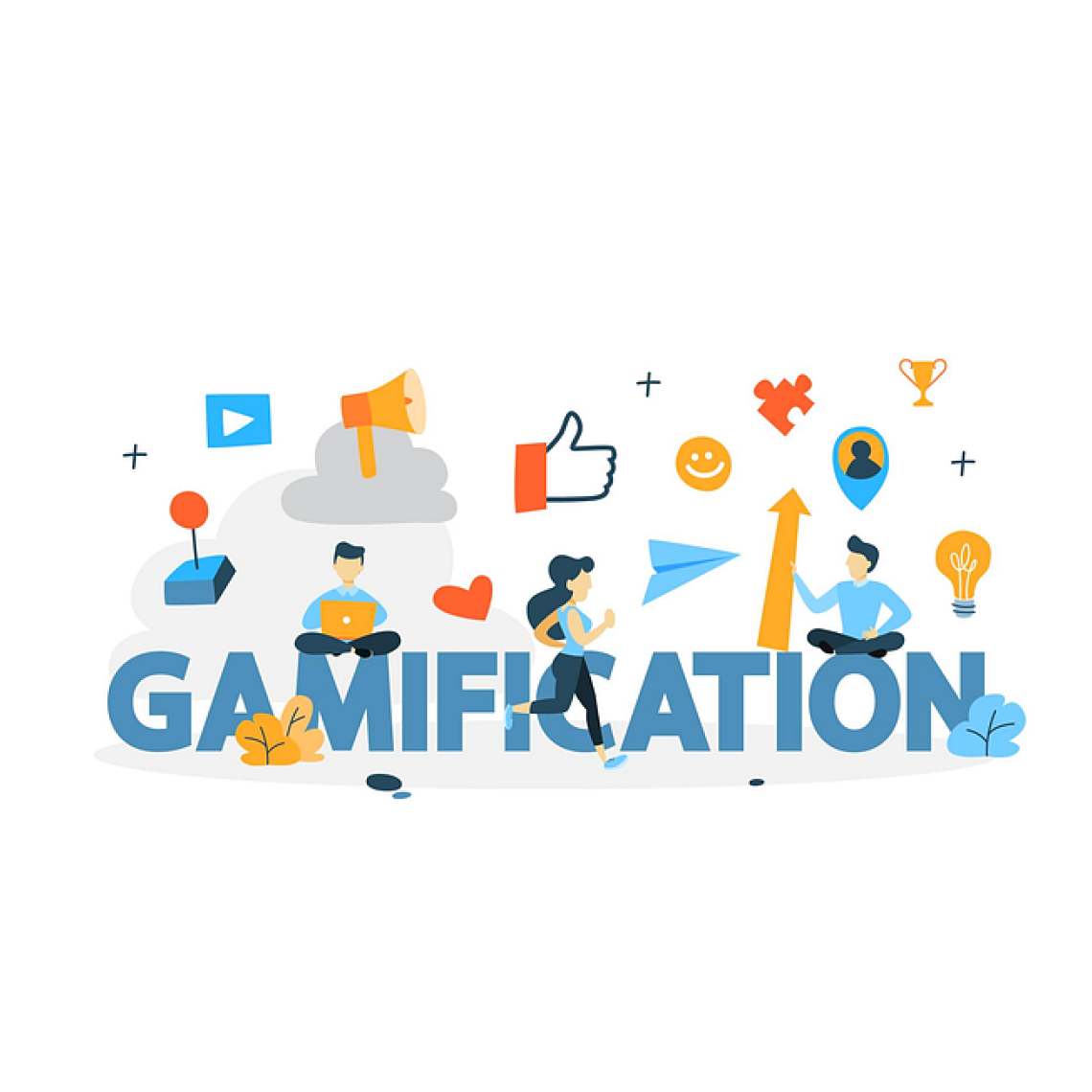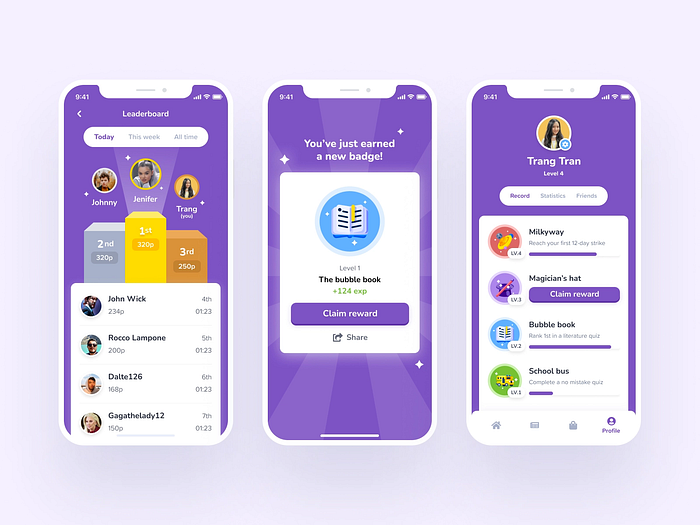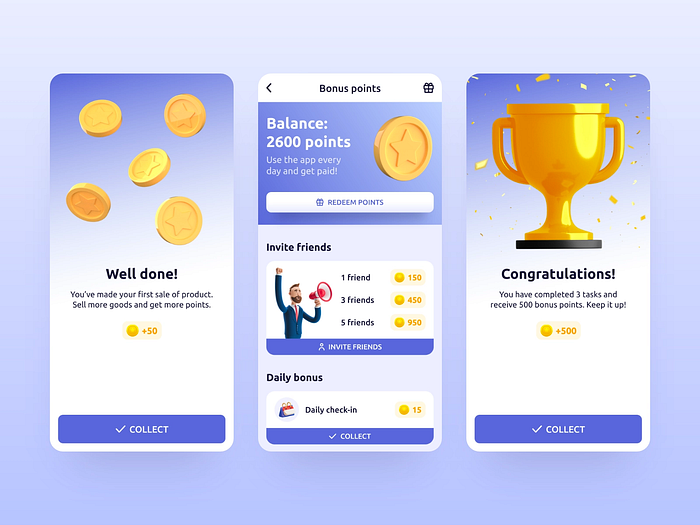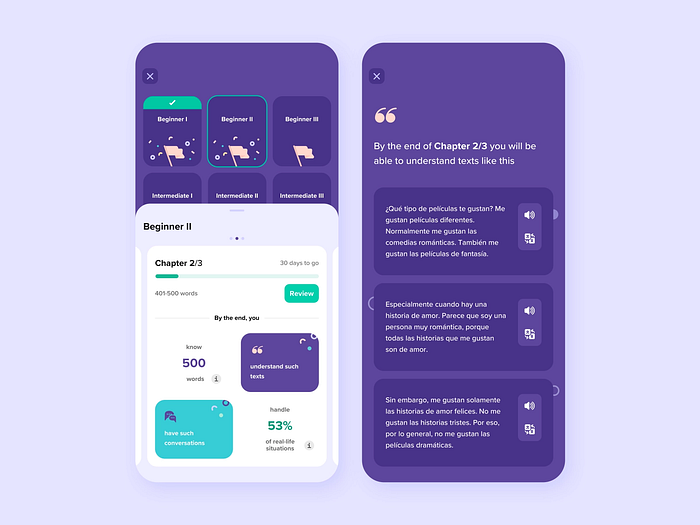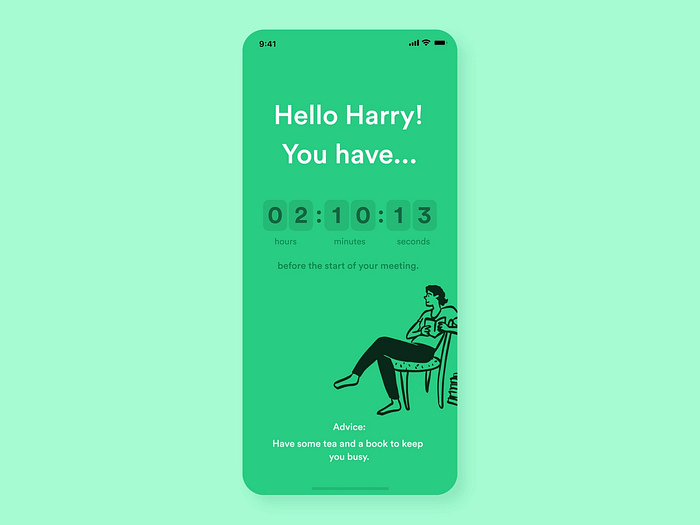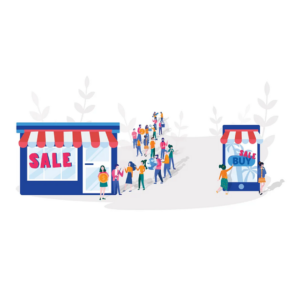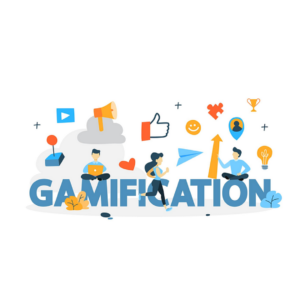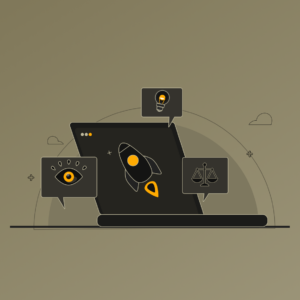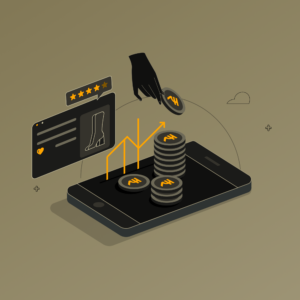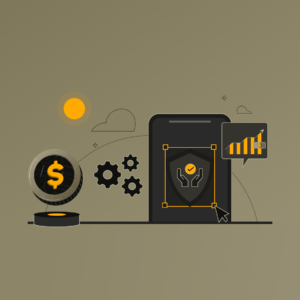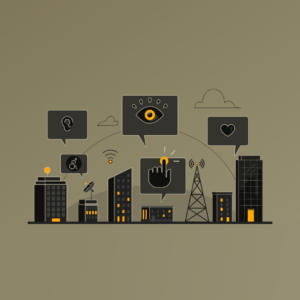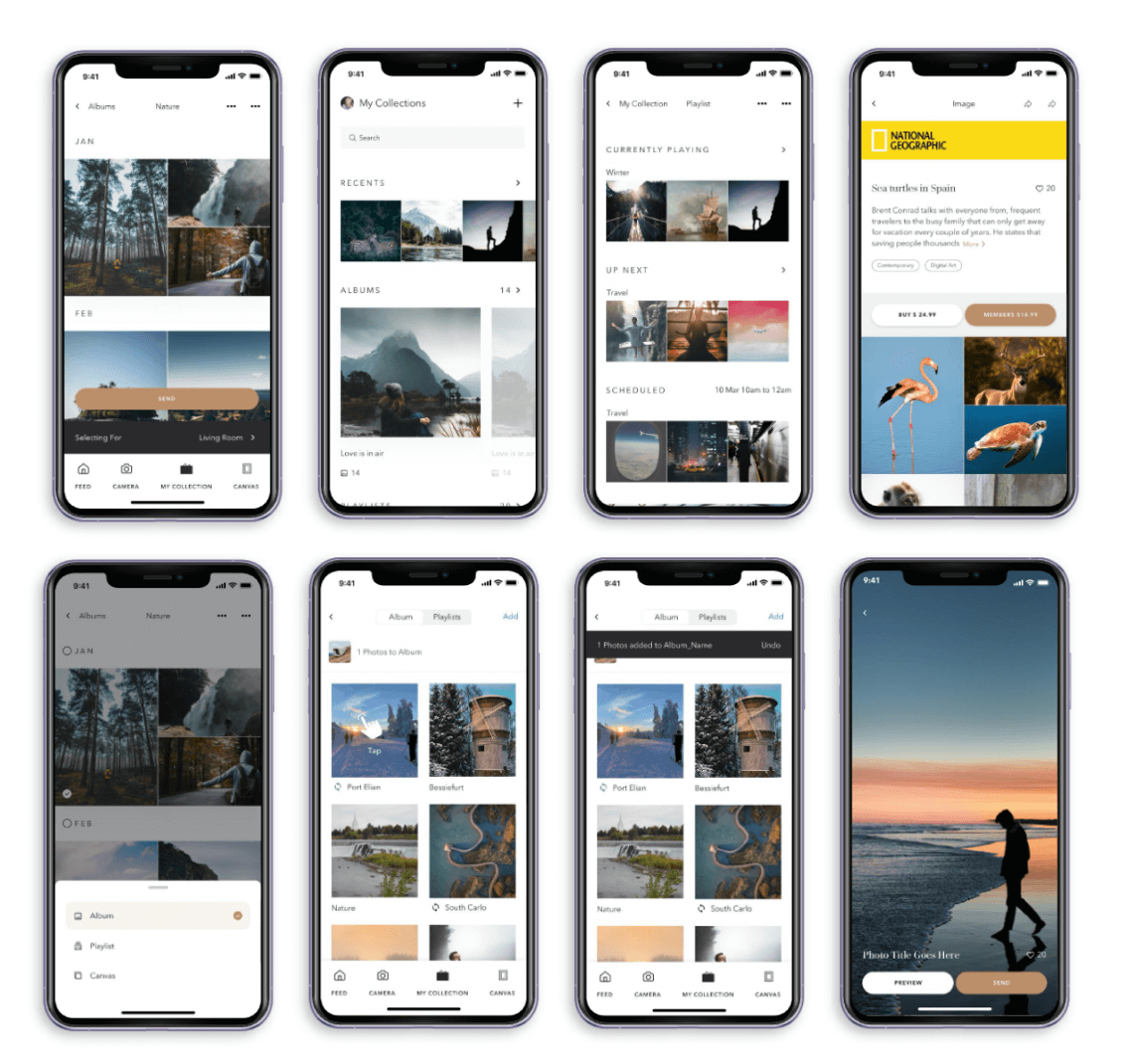A promising way to boost user engagement
In recent years, gamification has emerged as one of the most impressive UX design trends. Games can improve our lives by motivating us, assisting us in learning, and, most importantly, relieving stress after a long day at work. Users today are very fond of games and are constantly on the lookout for gaming elements in their initial and subsequent interactions with a product.
In this article, we’ll understand gamification and look at its fundamental concepts and goals.
What is gamification and how does it fit into UX design?
Gamification is the technique of incorporating game concepts into non-game items such as websites and mobile applications to enhance user engagement. For example, if you want to encourage users to interact more with your application, you can incorporate a gaming element such as rewards and challenges.
Gamification enables designers to constantly seek and use new strategies for boosting user engagement and experience. Designers must keep in mind that people expect a product to be simple and pleasurable to use. As a result, the idea of including a “fun” element in UX design was established.
The benefits of gamification in apps
Gamification of apps helps in numerous ways in making the app more engaging, and fun to use, retaining the users for a longer time, and positively impacting the business.
- Increased app installation
- Satisfying user experience
- Increased brand awareness
- Encourages users to maintain interest for longer
- Improved retention and repeat purchases
- Mobile gamification useful for marketing purposes
- Unlocks user creativity
- Makes onboarding fun for users
Type of gamification techniques to boost user engagement
1. Challenges
We are compelled by human nature to take on challenges and show that we can handle them. With more significant rewards for streaks, mini-tasks can be combined to create missions that last a day, a week, or longer. Thus, when websites and mobile applications use such compelling gaming techniques, people are bound to be hooked and want to use it more and more as they get rewards.
2. Points
Many games include a points system to assess the performance of the players. The gamified product can use the same approach that helps both users and stakeholders: the former can see their accomplishments, while the latter can determine user engagement on the website or application.
3. Badges & Stickers
Users can rank themselves in relation to other users by using badges and stickers as status symbols. Can be integrated into your mobile app’s functionality to reward users who accumulate a certain number of points.
4. Leaderboard
Using this gaming mechanic, users can gain social influence and compare themselves to other users, creating a unique user experience. The consumer should feel like a true player as they begin their journey of product consumption. A kind of information architecture that applies the concepts of progressive disclosure to display information to users in a stepwise fashion from simple to complex phases.
5. Constraints
Due to constraints, people feel more urgency and act more quickly. Due to constraints, users appear to feel psychological tension, which motivates them to act and respond more quickly. This time-restricted challenge encourages participants to finish their work quickly.
Some examples of apps using gamification
Fitbit uses gamification to maintain the health of its users
Fitbit is a gamified health app connected to a wearable fitness tracker. By completing tasks within the app, such as logging a certain number of miles, users can earn badges.
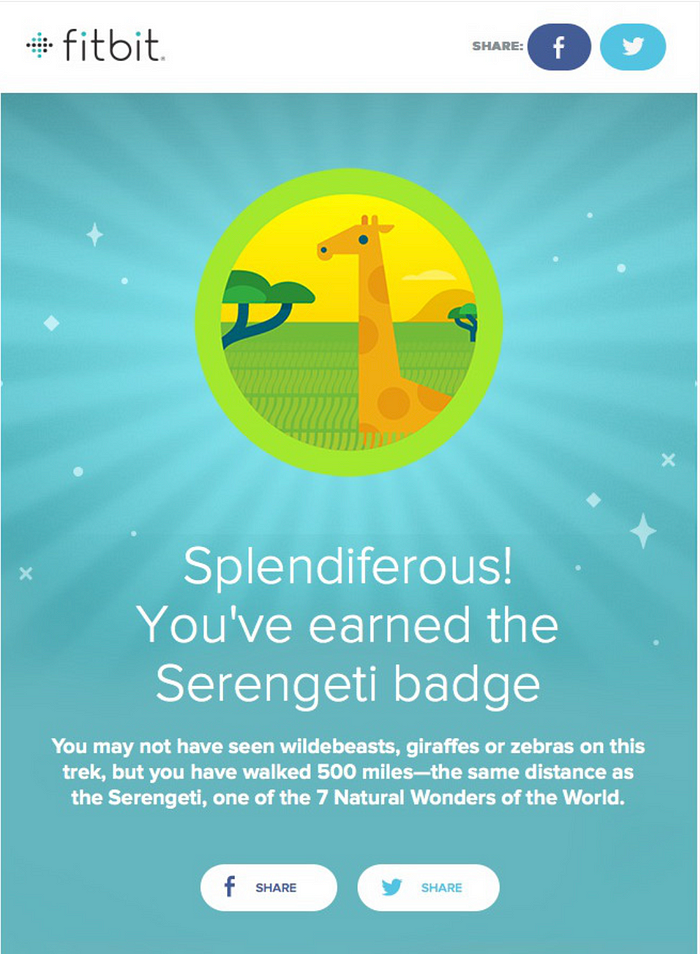
SHEIN keeps customers interested
Shein is one of the world’s biggest online merchants. To achieve such high app engagement, they give their users a sense of urgency, by having a discount countdown timer.
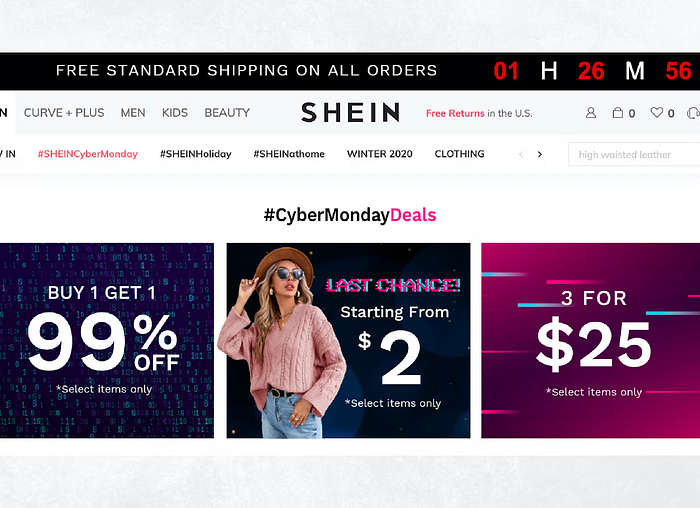
Improving the Uber driver app’s driver interaction
Drivers can undertake quests and earn badges for their accomplishments. The progress users make in the game is directly related to their profits, which are tracked within the app.
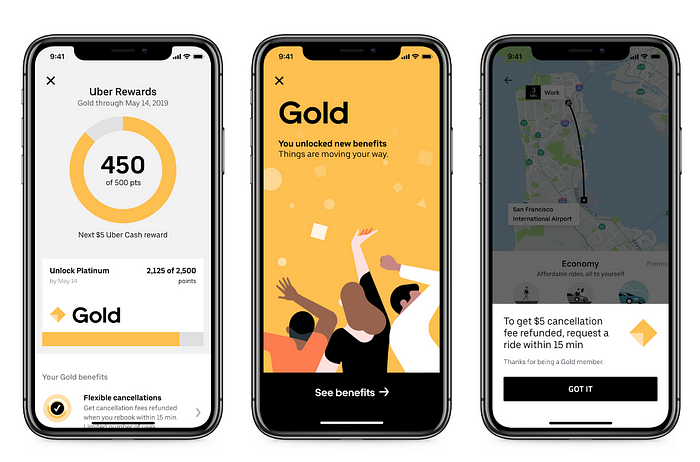
Duolingo makes learning languages enjoyable
Duolingo is a language-learning app. The software employs an in-app currency called “lingots” to reward users for accomplishing various tasks within the app.
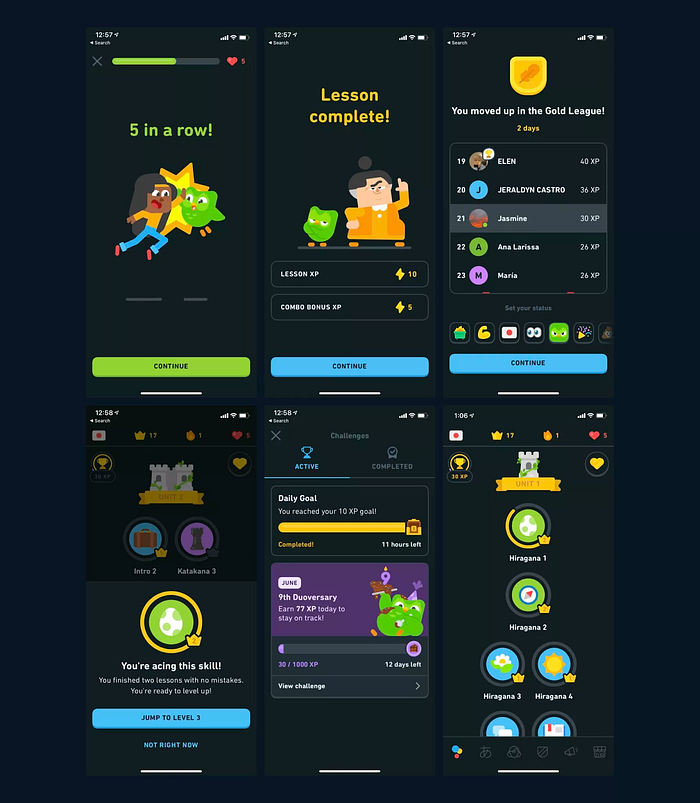
Challenges in gamification
Every gamification technique is different and so it is important to know what works, on what, and when. A good example of this is the leaderboard, in some scenarios they may discourage a user, especially if the top places are incredibly out of reach. Gamification is not a cookie-cutter solution; it must be the right fit for the product and meet the business’s needs and objectives. Therefore, it is important to know the limits and avoid trying to completely transform the product into a game. The key here is to learn the tips and tricks from the gaming industry and implement only the necessary elements.
Final thoughts
Designers can evoke human emotions with the help of gamification. There is a ton of competition because there are so many fantastic apps available. Making the user experience enjoyable and rewarding loyalty is a great way to stand out from the competition, increase customer retention, and increase lifetime value. Gamification has the potential to significantly improve users’ engagement with your product. But it’s crucial to emphasize that it must be executed properly. Just making a digital experience more fun is not enough.
Reference Links
https://www.startupgrind.com/blog/8-ways-to-use-gamification-to-improve-user-engagement/
https://strivecloud.io/blog/app-gamification/how-gamification-drives-engagement/
